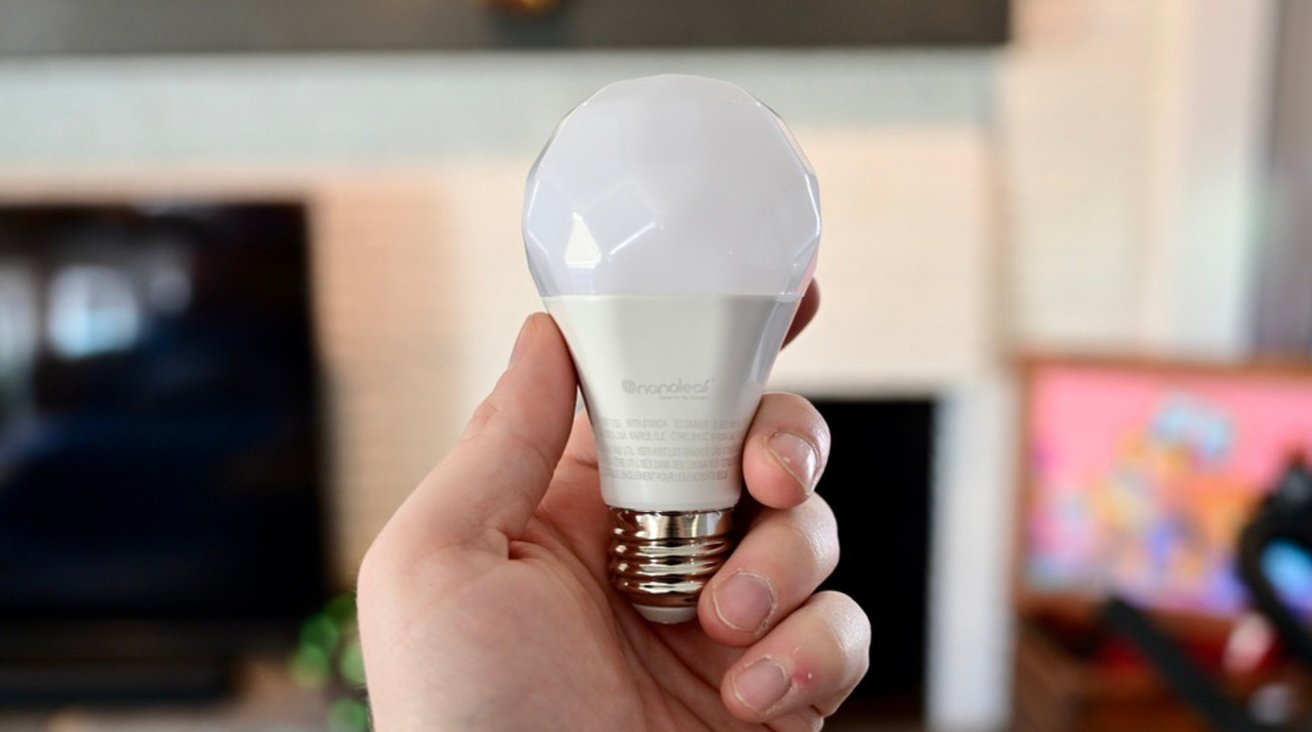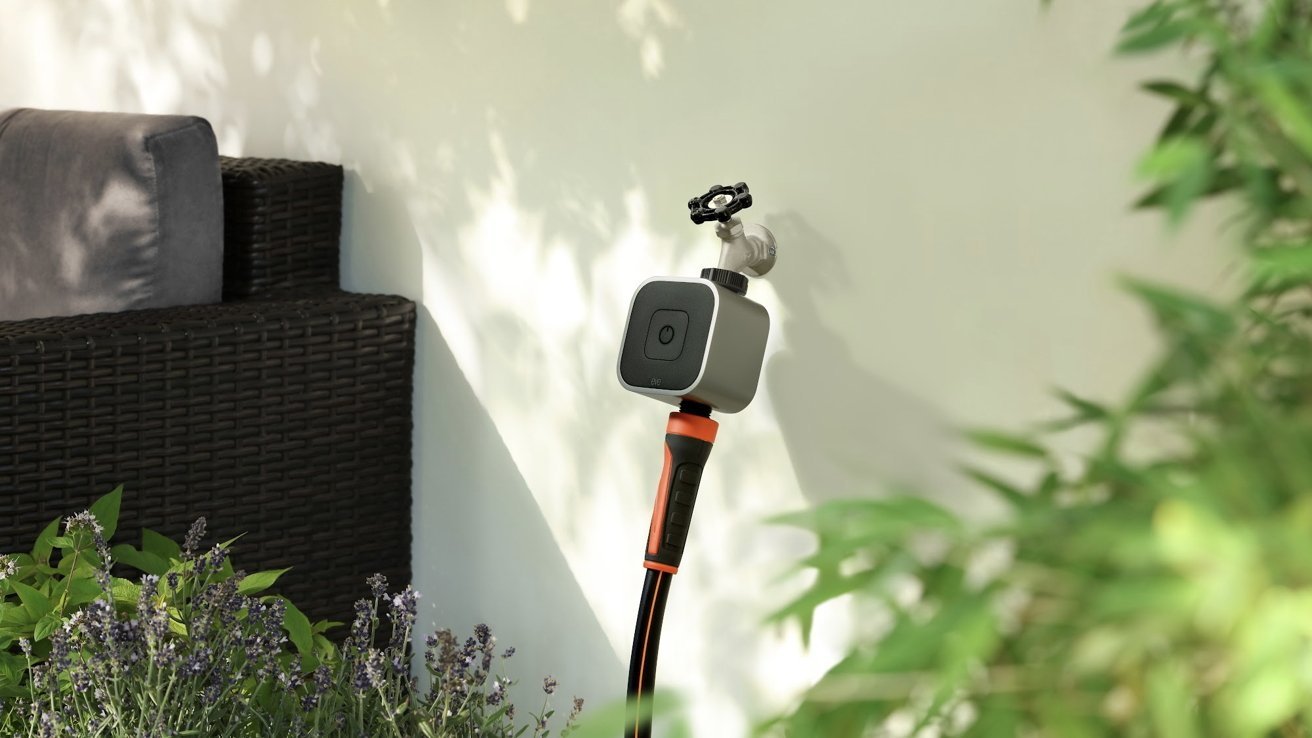Apple enables direct Thread control for smart home devices with iOS 18
In iOS 18, Apple quietly enabled the Thread radio found on recent iPhone models to directly control Apple Home and Matter devices.

The Thread-enabled Nanoleaf Essentials bulb
Thread is a new IP-based smart home connectivity standard that has slowly been increasing in adoption in recent years. It's an alternative to Wi-Fi, Bluetooth, or Zigbee and is incredibly low-power and fast.
It first debuted in the HomePod mini and a few Nanoleaf lights but there are now several smart home products that have utilized it.
Select iPhones -- namely iPhone 15 Pro, iPhone 15 Pro Max, and the whole iPhone 16 line -- have built-in Thread radios that presumably would have allowed direct control of accessories. But until now, no.
Those Thread radios still routed commands through what's known as a border router. Border routers bridge your Thread network to your home network.
Apple TV, HomePod, HomePod mini, and other third party products all act as border routers for your home. Not only did you have to have a border router to use Thread devices, but they also added one extra step when controlling accessories, slowing down commands.

The Eve Aqua water controller supports Thread
Thanks to iOS 18 that was just released, this has changed. Apple now says all those aforementioned iPhone models are able to directly connect to Thread devices.
This should speed up response time for Thread accessories as well as make them more approachable for consumers.
Other Apple products include Thread radios too, including recent Macs and iPads. So far Apple hasn't enabled the Thread radios on those devices though and doesn't include them on their compatibility list yet.
Recently, the Thread standard was upgraded to version 1.4 which made several platform improvements that will help with implementation, troubleshooting, and overall performance.
Anyone with an iPhone 15 Pro or iPhone 15 Pro Max can update to iOS 18 now to start using Thread with any of their supported accessories.
Direct Thread support isn't the only change with iOS 18 for the smart home. Apple also announced it will finally allow robotic vacuum cleaners to be supported in the Home app.
Read on AppleInsider

Comments